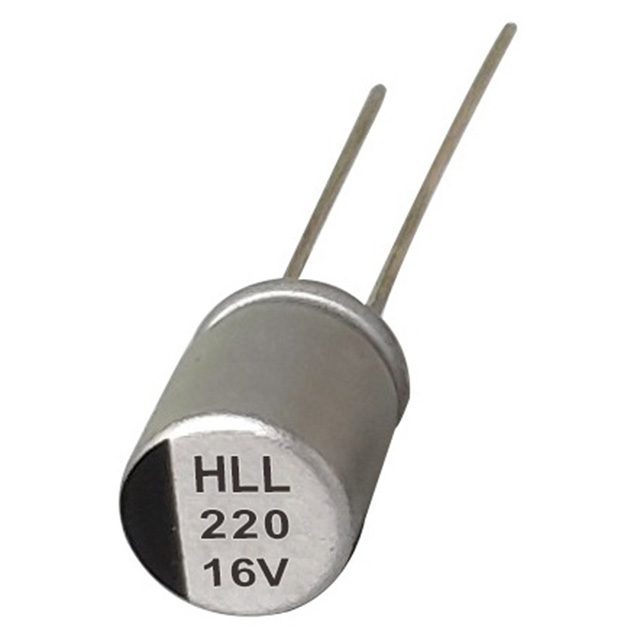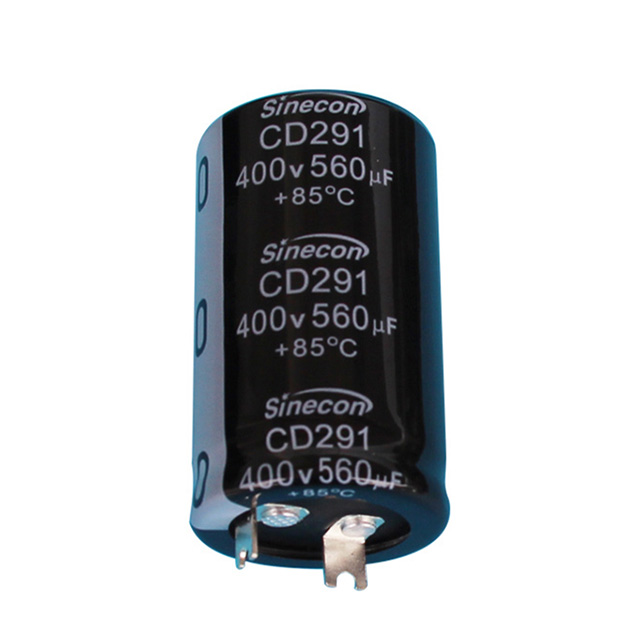The rated voltage represents the maximum voltage that a capacitor can withstand without undergoing dielectric breakdown or experiencing permanent damage. If the operating voltage consistently approaches or exceeds the rated voltage, the dielectric material inside the capacitor can degrade, leading to short circuits, leakage currents, or complete failure. To avoid these issues, a safety margin is essential when selecting capacitors for specific applications. It is generally recommended to choose a capacitor with a voltage rating that is 1.5x to 2x higher than the maximum operating voltage. This margin accounts for transient voltage spikes, load fluctuations, or other unexpected surges that can occur during normal operation. By ensuring the capacitor's rated voltage is sufficiently higher than the operating voltage, the risk of failure due to overvoltage conditions is minimized, and the capacitor can operate reliably under fluctuating conditions.
Operating a Surface Mount Capacitor at or near its rated voltage can significantly affect its lifetime. Capacitors under constant electrical stress experience accelerated electrolyte degradation (in electrolytic capacitors) or increased equivalent series resistance (ESR), both of which can degrade their performance over time. For electrolytic capacitors, operating at or near the rated voltage causes the internal electrolyte to break down faster, shortening the capacitor's service life. Even for ceramic or tantalum capacitors, high voltage operation near their rated limits leads to higher internal stress, resulting in performance degradation and earlier failure. To extend the lifespan of the capacitor, it is recommended to select a capacitor with a voltage rating significantly higher than the typical operating voltage. For instance, in a system operating at 12V, choosing a 25V or 35V rated capacitor allows for more reliable operation and better longevity, as the capacitor is not constantly under maximum stress.
As the rated voltage of a Surface Mount Capacitor increases, it often results in certain performance trade-offs that must be carefully considered. Capacitors with higher voltage ratings typically have thicker dielectric materials and may exhibit increased ESR and higher leakage current compared to those with lower voltage ratings. In applications that require low ESR (such as power supply filtering), using capacitors with unnecessarily high voltage ratings can result in performance degradation. Ceramic capacitors, in particular, may experience a DC bias effect, where their capacitance decreases as the applied voltage approaches the rated voltage. As the voltage rating increases, the dielectric material used in the capacitor often becomes more rigid, affecting high-frequency performance and reducing the overall capacitance in specific voltage ranges. It is essential to consider these performance characteristics when selecting a capacitor for high-frequency circuits or signal processing, where high voltage ratings may not necessarily result in optimal performance.
Voltage spikes or transients are common in many electronic systems, particularly in power supply circuits, digital devices, or high-speed electronics. These spikes can occur due to load changes, inductive kickbacks, or switching events in power conversion stages. A capacitor with a voltage rating close to the operating voltage may not be able to withstand these transients, which can lead to dielectric breakdown or capacitor failure. By selecting a capacitor with a higher rated voltage, engineers can ensure that the capacitor can handle these voltage spikes without damage. For instance, in power supply circuits where transients of 25-30% above nominal voltage are common, choosing a capacitor rated at 50V instead of 35V provides additional protection. The voltage rating should not only cover the nominal operating voltage but also provide adequate headroom for these short-duration, high-voltage events, which ensures the reliability of the capacitor under real-world operating conditions.
The temperature coefficient of a Surface Mount Capacitor's dielectric material can significantly affect its performance when subjected to high voltages. For example, ceramic capacitors are particularly sensitive to the DC bias effect, where the capacitance decreases as the applied DC voltage increases, especially at higher rated voltages. This effect can be more pronounced in capacitors with higher voltage ratings, which may exhibit lower capacitance values than expected in applications requiring precise capacitance values. Moreover, high voltages can cause temperature variations within the capacitor, which can further exacerbate the DC bias effect. Therefore, selecting a voltage rating that offers a balance between the operating voltage and the expected temperature conditions is crucial. This is especially true for high-temperature applications where voltage-induced heating can further impact capacitance stability and overall performance.















